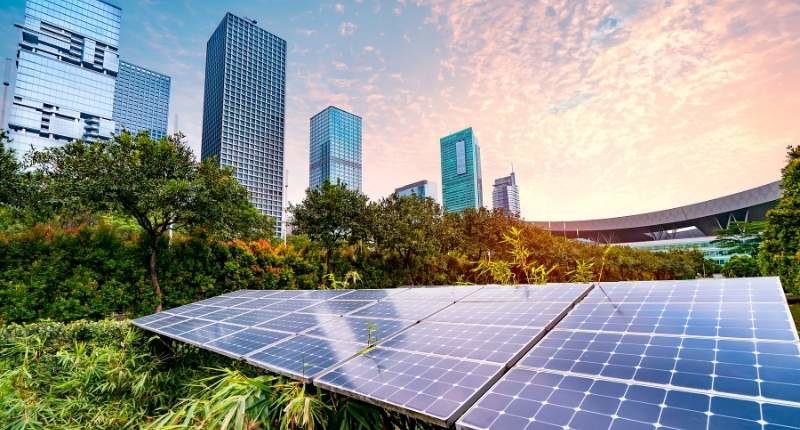- A CBRE report suggests as much as $15 billion of the circa $75 billion in refinancing could be linked to assets that are energy-efficient
- The "big four" banks have commited to $200 billion in green finance
- A willingness to provide a premium for green bonds has come despite such finance often having lower yields
Green financing in Australia’s mostly untapped commercial property market is expected to soar over the coming years as corporates thrive to reach their 2030 emission targets, suggests a new CBRE Green Finance Report.
Although green loans represent just 3% of commercial real estate debt in Australia, the report suggests that as much as $15 billion of the circa $75 billion in debt refinanced could be linked to energy-efficient assets.
CBRE’s Asia Pacific Head of ESG Research, Sameer Chopra, noted there is a smaller but arguably more climate-relevant opportunity to fund new investments by tapping into the “big four” banks’ $200 billion green finance commitments.
“While green loans currently account for just $10 billion of Australia’s commercial real estate debt, refinancing presents significant opportunities given the country’s high volume of NABERS rated property stock,” said Mr Chopra.
“In 2021, green bonds accounted for 16% of the capital raised by US real estate firms. So, if we were to match those levels in Australia this would provide an opportunity for $10 billion to $15 billion of green refinancing.”
Sameer Chopra, CBRE
The report argues that a further $500 million to $600 million in debt could be applied each year to either retrofitting or renovating commercial real estate to promote energy efficiency.
The investment comes as some of the green building credentials used in the sector have been questioned by open-source research.
Brookfield, Charter Hall, Frasers Property, GPT, Ingenia, Lendlease, Mirvac, Oxford/Investa, QIC, Stockland and Quintessential are among the Australian corporates that have completed green finance transactions domestically.
Green re-finance in the commercial and green retro-fit markets

CBRE’s Pacific Managing Director of Debt & Structured Finance, Andrew McCasker, said investor willingness to pay a premium for green bonds – which historically have commanded higher prices yet provided a lower yield – had continued due to the shift in adopting socially conscious investment strategies.
“Environmental, Social and Governance (ESG) considerations are playing an increasing role in property decision making, with shareholder pressure and competition by domestic fund managers to attract and retain mandates from international investors driving a heightened focus on green loans,” Mr McCasker said.
“A desire to future proof investment portfolios and develop reputational and competitive advantage through ESG initiatives is also underpinning rising interest in green finance.”
Andrew McCasker, CBRE
The report highlighted that the office sector accounts for half of the green finance transactions in Australia, followed by the industrial and retails sectors, at about 18-19% each.








